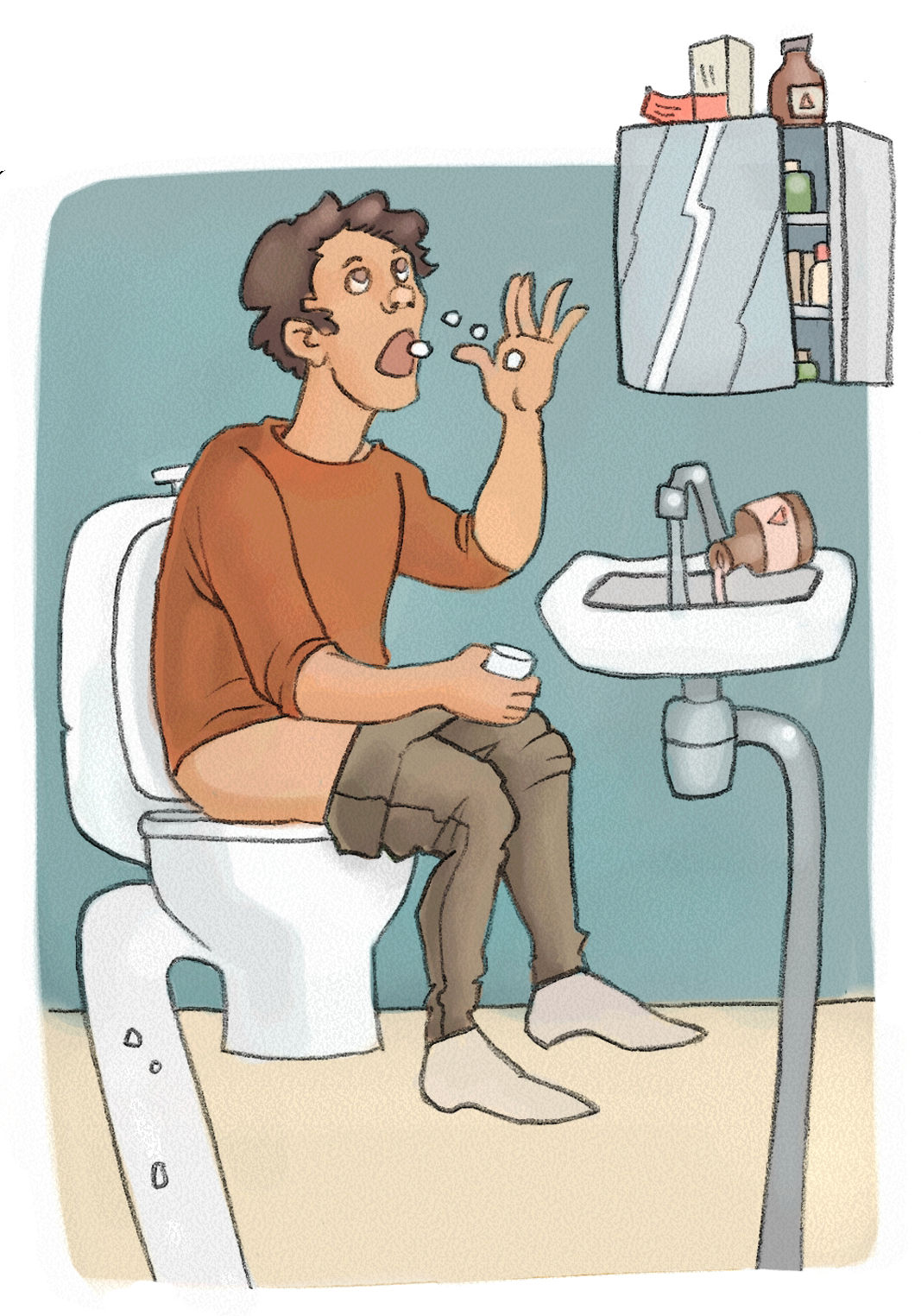The worst problem the Baltic Sea faces is eutrophication, which is a result of the nutrient load caused by human activities. This is due to factors such as agriculture, municipal waste water, and atmospheric deposition. The nutrients causing the most significant eutrophication are nitrogen and phosphorus. Approximately 600 tonnes of phosphorus and 13,000 tonnes of nitrogen from Finland end up in the Gulf of Finland every year. The main source is agriculture, which is the source of 60% of the phosphorus and 47% of the nitrogen that ends up in the Gulf of Finland. The amount of phosphorus and nitrogen coming from municipal waste water has decreased significantly thanks to waste water treatment.
Erosion and nutrient leaching from arable land can be prevented by making sure there are sufficiently wide buffer strips and zones. Buffer zones are areas of arable land covered in vegetation, which are designed to protect rivers and other waterways. The vegetation on buffer zones traps nutrients and adds diversity to nature and the landscape.
Wetlands constructed along the side of ditches are effective at retaining nutrient runoff from fields, as well as increasing the diversity of nature. They also evenly divide flood peaks and discharges, which reduces the erosion caused. Even a small area of wetland in a small drainage area can retain locally significant amounts of nutrients. In order for an area of wetland to retain enough nutrients, it must be located in a drainage area that is big enough for its size, and the flow of water into the wetland must be sufficiently slow. Bends, submerged dams, and vegetation zones slow the progress of the water.
Every day we use many different kinds of chemicals that will eventually end up in the waterways. Detergents, cosmetics, and other household chemicals contain many substances, and whilst some are useful and harmless, others are harmful or even toxic. Although treatment of waste water has become much more effective, the treatment process does not break down all chemicals. Even small amounts of environmentally damaging chemicals can have an effect on waterways. These chemicals may break down slowly in the environment, or they may not break down at all, and they can accumulate in organisms, building up as they travel through the food chain.
You can reduce the levels of these substances that end up in the Baltic Sea by decreasing the amount of chemicals you use. Avoid using strong chemicals, and instead use mild, eco-labelled substances that break down in nature. Rugs should be washed on land, and care should be taken that no washing water goes directly into waterways.
Urinating into the sea or lakes also increases eutrophication. When using a boat, empty the boat’s toilet at the waste collection point in the harbour. Earth closets or composting toilets are the best option for summer cottages, as composting allows nutrients to be used again.
Residues of different kinds of medicines also end up in the Baltic Sea. The medicines we use are excreted from our bodies in our urine, which travels through the drains and ends up at water treatment plants. It is difficult to remove residues of medicines in the treatment process, and so small amounts end up being carried out into the waterways.





